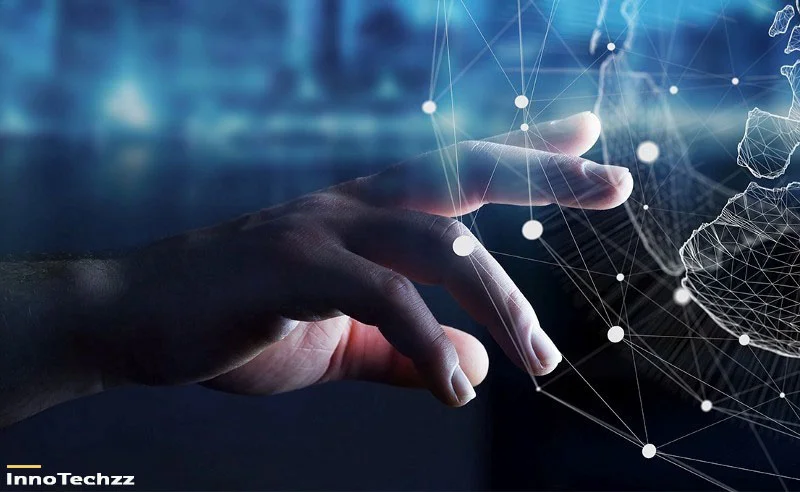Haptic Technology

What is haptic technology
The use of tactile sensations to excite the sense of touch in a user experience is known as haptic technology. Vibrations from phones and game controllers, for example, are common direct uses of haptic solutions. Any tactile feedback, such as air pressure or sound waves, is included in haptic science.
This technology, also known as 3D touch or kinaesthetic communication, uses vibrations, movements, and other forces to generate experiences. Because touch is the most basic form of contact, incorporating feeling into your products is quickly becoming the newest way to create memorable brand experiences.
Applications of haptic technology
Immersion Corporation is a leader in haptic technology, with over 3 billion devices in use across the world. In one haptics research, subjects were able to recall items 94% of the time just by touching them. Haptics will continue to extend across numerous applications as the worldwide user base expands. Let's look at the four main haptic modalities: vibration, button stimulation, thermal, and kinesthetic stimulation.
Thermal
Vibration
Kinesthetic
Button stimulation
Temperature-based haptic sensations may be created using thermoelectric effects. Your users can feel varying temperatures by regulating the flow of electric currents between alternating conductors on a gadget (one hot and one cool).
The majority of haptic experiences emphasise vibration-based feedback. Much of the haptic experiences you encounter for mobile and wearable devices are created by technology like linear resonant actuators (LRA) and eccentric rotating mass (ERM) (think of the vibration included with a game controller).
Haptic feedback devices are attached to your customer's body and simulate mass, movement, and form. The Dexmo haptic glove, for example, is an illustration of the potential expansion in the kinesthetic modality.
Mechanical buttons provide tactical feedback and adaptability, which smart displays do not. As a result, we should expect virtual buttons to become increasingly common, similar to the Apple Force Touch trackpad's technology. Buttons can simulate the sense of a mechanical pressure pad beneath your finger using haptic and acoustic feedback.
Posted By InnoTechzz